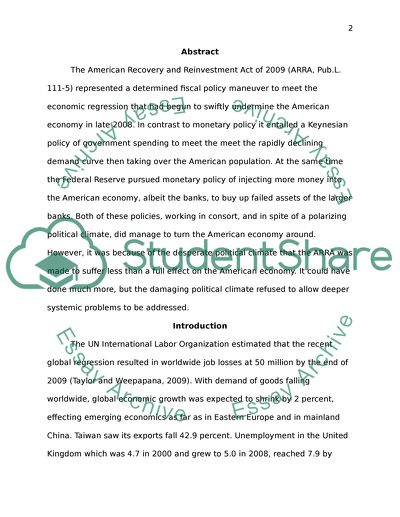Cite this document
(“Policy paper Research Example | Topics and Well Written Essays - 3000 words”, n.d.)
Retrieved from https://studentshare.org/family-consumer-science/1409158-policy-paper
Retrieved from https://studentshare.org/family-consumer-science/1409158-policy-paper
(Policy Paper Research Example | Topics and Well Written Essays - 3000 Words)
https://studentshare.org/family-consumer-science/1409158-policy-paper.
https://studentshare.org/family-consumer-science/1409158-policy-paper.
“Policy Paper Research Example | Topics and Well Written Essays - 3000 Words”, n.d. https://studentshare.org/family-consumer-science/1409158-policy-paper.


